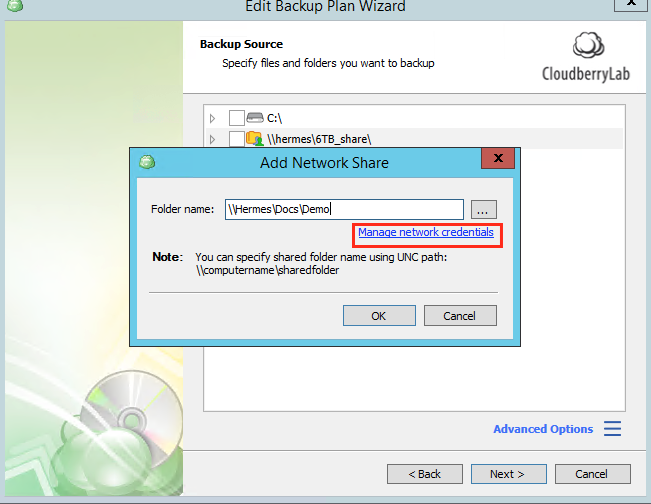

- #Cloudberry backup not all chunks were updated full
- #Cloudberry backup not all chunks were updated plus

In modern cloud architectures, or disk to disk backup scenarios, this is much simpler.

This is a suitable method in the case of banking systems. If enough disk space is available, an online mirror can be maintained along with previous incremental changes so that the current or older versions of the systems being backed up can be restored. This can be implemented by sending each incremental directly to tape as it is taken and then refactoring the tapes as necessary. This server keeps track of all the increments and sends the proper data back to the client during restores.
#Cloudberry backup not all chunks were updated full
After an initial full backup, only the incremental backups are sent to a centralized backup system. This style is similar to the synthetic backup concept. Reverse incremental backup works for both tapes and disks, but in practice tends to work better with disks.Ĭompanies using the reverse incremental backup method include Intronis and. The main advantage of this type of backup is a more efficient recovery process, since the most recent version of the data (which is the most frequently restored version) is a (synthetic) full backup, and no incrementals need to be applied to it during its restoration. In other words, after the initial full backup, each successive incremental backup applies the changes to the previous full, creating a new synthetic full backup every time, while maintaining the ability to revert to previous versions. This gives a means to revert to any previous version of the mirror. This is in contrast to forward incremental backups where the current full backup is a backup of the oldest version of the system, and to get a backup of the most recent state of the system, all of the forward incremental backups have to be applied to that oldest version successively.īy applying a reverse incremental to a mirror, the result will be a previous version of the mirror. In making backups using reverse incremental backups, each time a reverse incremental backup is taken, it is applied (in reverse) to the previous full (synthetic) backup, thus the current full (synthetic) backup is always a backup of the most recent state of the system. If the newest version of the mirror is treated as the base and the oldest version as the revised / changed version, the incremental produced is a reverse incremental.

If the oldest version of the mirror is treated as the base and the newest version as the revised version, the incremental produced is a forward incremental. Reverse incrementalĪn incremental backup of the changes made between two instances of a mirror can be forward or reverse. If a level 2 backup was taken on Thursday, it would include all changes made since Monday because Monday was the most recent level n-1 backup. A level 3 backup taken on Wednesday would include only changes made since Tuesday. A level 2 backup taken on Tuesday would include only changes made since Monday. A level 1 backup taken on Monday would include only changes made since Sunday. Suppose for instance that a level 0 backup was taken on a Sunday. A level n backup will back up everything that has changed since the most recent level n-1 backup. Multilevel incrementalĪ more sophisticated incremental backup scheme involves multiple numbered backup levels. The use of rsync's -link-dest option is what makes this command an example of incremental backup. Should any one of the copies created fail, including the first (full), restoration will be incomplete. A full restoration of data will naturally be slower, since all increments must be restored. A Tuesday backup contains only those files that changed since Monday, and so on. For instance, following a full backup on Friday, a Monday backup will contain only those files that changed since Friday. Since changes are typically low, incremental backups are much smaller and quicker than full backups. The most basic form of incremental backup consists of identifying, recording and thus, preserving only those files that have changed since the last backup. Incremental backups are often desirable as they reduce storage space usage, and are quicker to perform than differential backups.
#Cloudberry backup not all chunks were updated plus
When a full recovery is needed, the restoration process would need the last full backup plus all the incremental backups until the point of restoration. An incremental backup is one in which successive copies of the data contain only the portion that has changed since the preceding backup copy was made.


 0 kommentar(er)
0 kommentar(er)
